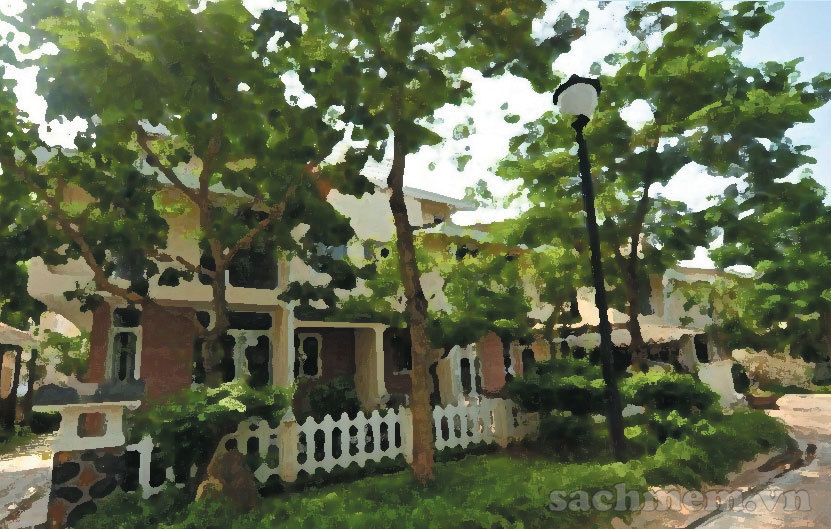.png)
► Kênh hỏi đáp và giải thích thắc mắc kiến thức MIỄN PHÍ → truy cập LINK NHÓM: ENGLISH AMOM
► Kênh YOUTUBE hệ thống toàn bộ bài giảng CLIPS: truy cập LINK: ENGLISH AMOM CHANNEL
► Kênh TIKTOK: ENGLISH AMOM
READING
1) Read the text about eco-city planning.
Building eco cities
I first became familiar with the idea of an eco-city when I read the book Ecocity Berkeley: Building Cities for a Healthy Future by Richard Register. The author created the word ‘eco-city’ in 1987 when the book was published.
The inhabitants of this city carefully consider possible environmental impacts and take good care of the environment. There is no pollution as all the vehicles run on local renewable energy. CO2 emissions are controlled and kept in accordance with strict environmental and air-quality regulations.
In addition, the inhabitants co-exist with nature by dividing the city into two circles or rings. The first ring is the city centre containing the residential areas. The second ring includes vast park space and lots of greenery. The green space filters and refreshes the air people breathe.
Ecocity Berkeley is a very inspirational book, which can offerurban planners creative ideas and solutions to environmental problems that can be applied to any city.
2) Read the text again and answer the questions.

1. When was the word eco-city created?
2. Why is there no pollution in Eco Berkeley?
3. How do the inhabitants co-exist with nature?
4. What are the two rings for?
5. Who needs to read Register’s book and why?
ĐÁP ÁN:
1. It was created in 1987 (when the book Ecocity Berkeley: Building Cities for a Healthy Future by Richard Register was published).
2. There is no pollution as all the vehicles run on local renewable energy.
3. They co-exist with nature by dividing the city into two cicles or rings.
4. The first ring is the city centre containing the residential areas. The second ring includes vast park space and lots of scenery, which filters and refreshes the air people breathe.
5. Urban planners need to read the book because it can offer them creative ideas and solutions to environmental problems that can be applied to any city.
LISTENING
3) Listen to the recording about negative effects of over-exercising. Decide whether the folowing statements are true (T), or false (F) according to the speaker.
.png)
ĐÁP ÁN:
| 1. F | 2. T | 3. T | 4. T | 5. F |

